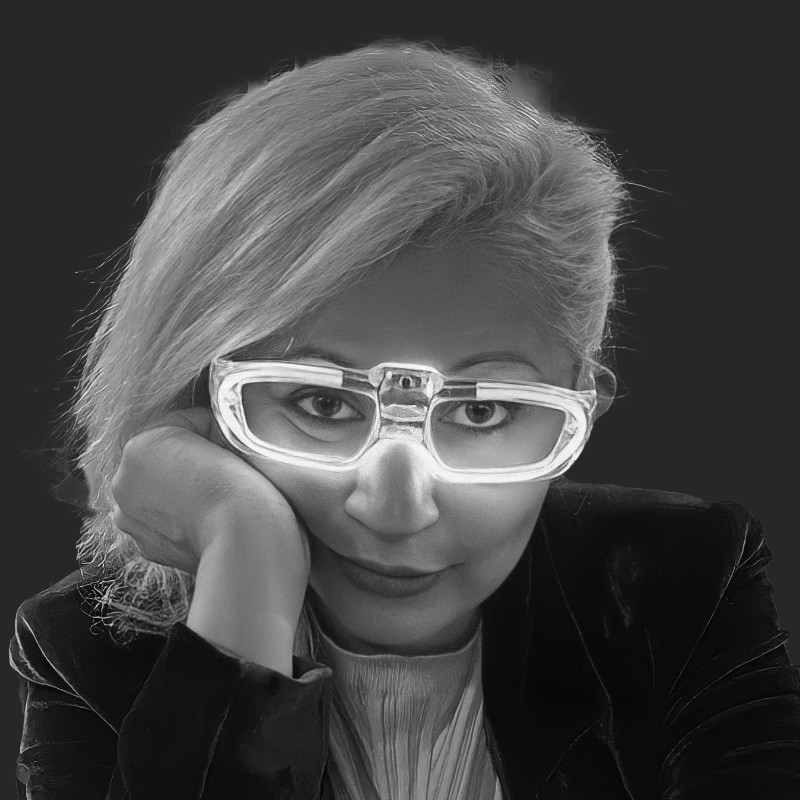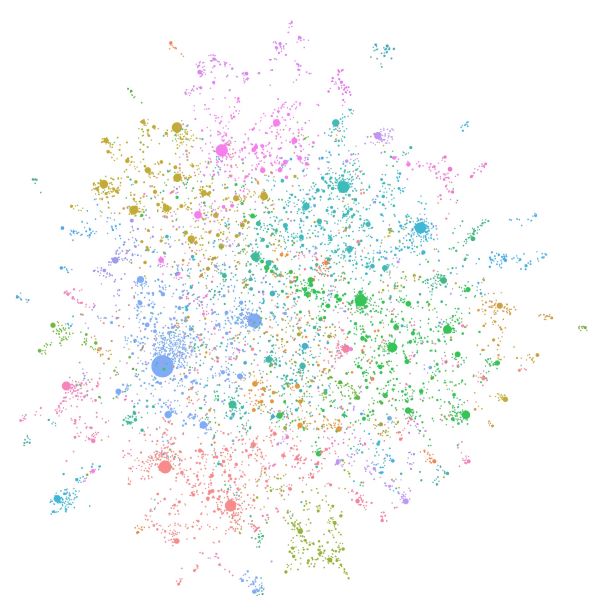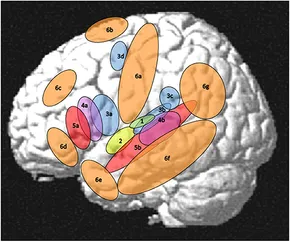“To map language is to trace invisible architectures — not of thought alone, but of the electric pulse that precedes it.”
Objective
The objective of this session was to explore a wide array of topics intersecting natural language processing (NLP) and its implications for data analysis, modeling and architecture, experimental design, brainwave analysis, neural networks, data visualization and representation, creative process documentation, research methodologies, semantic complexity analysis, language processing, artistic brain activity, the use of recurrent neural networks (RNNs) in NLP, outlier detection in datasets, brain-language mapping, model evaluation, AI model bias, and artist-led EEG projects.
Summary
Input and Output in Linguistic Processing
A discussion emerged around the nature of linguistic input and output within the Creativity in vitro project. The GPT model was referenced for its significance in understanding the dynamic process of reading and generating language.
Data Analysis and Outlier Detection
We examined techniques for detecting outliers in data analysis, underlining their importance for understanding deviation, noise, and the limits of pattern recognition in generative models.
Brain Mapping and Language Processing
Questions arose around the cerebral localization of linguistic processing. While the visual cortex was acknowledged as residing in the brain’s posterior region, participants questioned where exactly language is processed — identifying a need for deeper neurobiological insights.
Model Evaluation and Benchmarking
We explored the evaluation of model performance — both in classification and image generation — emphasizing the necessity of comparative analysis across diverse benchmarks.
Bias in AI Models
Bias within AI systems, notably ChatGPT, was raised. The group discussed the urgency of integrating considerations of bias and representational diversity when selecting artists and curating datasets.
Artists and EEG Projects
A variety of artist-led EEG projects were introduced, showcasing the creative potential of brainwave data. This opened a conversation about artistic applications of EEG and how neural signals can be translated into aesthetic and analytical experiences.
Personal Connections and Artistic Reference Points
Participants shared personal experiences and connections to artists and projects involving neural readings, grounding the discussion in lived encounters with EEG-based creative research.
Recorded Meeting in Portuguese
Action Points
-
Standardize the Vocabulary: “Language” vs “Linguistics” ✅ 2025-04-23 Establish a controlled vocabulary for the project. From now on, use “language” to refer broadly to systems of expression (e.g., visual language, bodily language, machine language), and “linguistics” strictly for the study and structure of spoken and written human language. Apply this distinction consistently across all research materials, notes, and communications within the Creativity In Vitro project.
-
Map the Neuroscience of Linguistics ✅ 2025-04-23 Investigate the state of the art (past five years) in neuroscience research related to spoken and written language. Focus on identifying the specific brain regions and neural pathways involved in linguistic processes. Compile a review of recent studies, technologies (e.g., fMRI, EEG), and findings to understand where and how the brain processes linguistic information, establishing a foundational reference for the project’s neuro-linguistic component.
-
Formulate a Research Question Protocol for Papers Construct a modular set of meta-questions to guide the reading of scientific papers. Initial guiding questions include: - What is the input modality? (EEG, fMRI, ECG, etc.)
- What is the output goal? (text, image, sound generation, classification, etc.)
- What hardware was used?
- What are the device parameters and configurations?
- What is the experimental design? (e.g., “50 images shown over 1 minute to epileptic patients”)
- What preprocessing methods were applied to the data?
- What ML architectures or algorithms were used?
- How were the results evaluated and discussed? -
Explore Co-Design Methodologies with Experts in User and Research Journeys Engage with professionals experienced in research design, UX journeys, or ethnography to help refine our framework and generate meaningful pathways from divergent questioning to convergent insight.
-
Converge the Divergent Having generated a wide and inspiring range of inputs, we now shift toward synthesis. This includes mapping, organizing and prioritizing our collected references, tools, and case studies.
-
Design a Thinking Framework for Art-Science-Technology Collaborations Begin drafting a meta-framework — a kind of design thinking structure — for collaborations that intertwine artistic inquiry, scientific method, and technological experimentation. Think of it as a scaffold for future interdisciplinary work.
-
Document the Meta-Process ✅ 2025-05-05 In parallel, keep documenting this meta-process as a living thread in the Codex — how we question, interpret, and reimagine the tools of science through the lenses of creativity, subjectivity, and radical curiosity.
Final Notes
The session was productive and opened a fertile dialogue on natural language processing, data patterns, brain-language interfaces, and artistic EEG projects. Emphasis was placed on recognizing bias and increasing representational diversity in AI systems. Participants agreed to continue their individual lines of inquiry and report back with findings during upcoming sessions.
 Lina Lopes
Lina Lopes  Field Note on Navigating Knowledge with GraphRAG · with Gabriel Frontera
Field Note on Navigating Knowledge with GraphRAG · with Gabriel Frontera